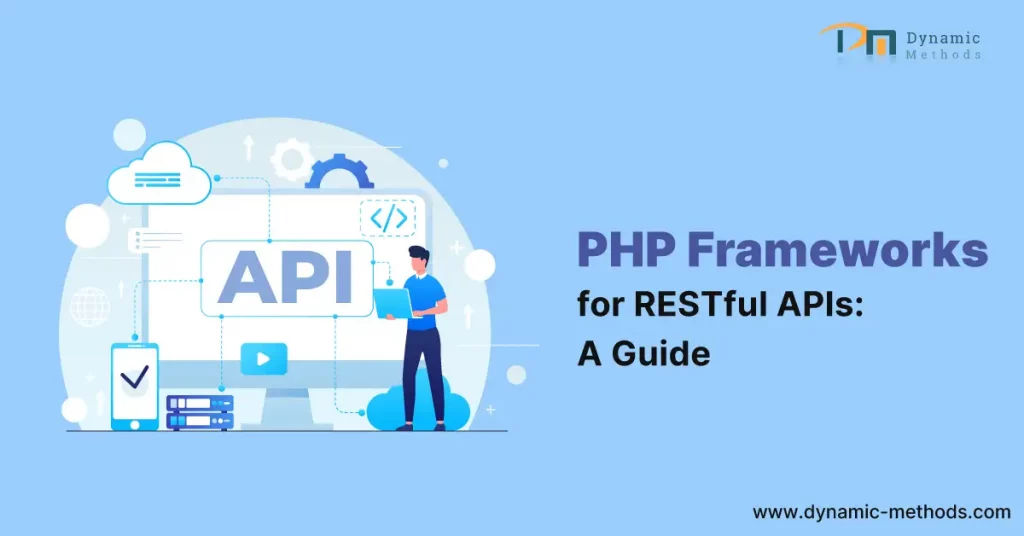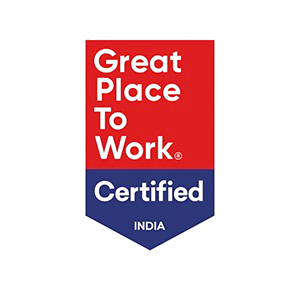
In the increasingly interconnected world of digital technology, the demand for seamless interoperability among diverse software systems has never been higher. This has led to the ascendance of Application Programming Interfaces (APIs) as a key facilitator in ensuring smooth interaction and integration between different applications.
A widely adopted approach in this context is the development of RESTful APIs using PHP frameworks, owing to their inherent flexibility and potential for scalability.
Building RESTful APIs with PHP Frameworks: A Developer's Guide
This detailed guide is designed to furnish developers with invaluable insights, practical strategies, and industry-acknowledged best practices to masterfully construct RESTful APIs utilizing PHP frameworks.
1. Understanding REST Architecture
REST, standing for Representational State Transfer, is an architectural style that provides a set of constraints and principles for the design of scalable and maintainable web services.
RESTful APIs adhere to these principles, thereby making available resources and enabling clients to perform various operations on them. By strictly following REST principles, developers can create APIs that are interoperable, stateless, and more straightforward for consumption.
2. Choosing the Perfect PHP Framework
The decision of choosing the appropriate PHP framework is instrumental in the efficient creation of RESTful APIs. Numerous popular frameworks exist, each boasting unique strengths and advantages:
- 1. Laravel: Esteemed for its expressive syntax and potent features, Laravel eases API development through in-built support for RESTful routing, handling requests, and formatting responses.
- 2. Symfony: Equipped with a robust ecosystem and modular architecture, Symfony forms a solid base for creating RESTful APIs. It provides extensive tools and libraries for managing various aspects of API development.
- 3. CodeIgniter: CodeIgniter is a compact PHP framework that offers an uncomplicated approach to building RESTful APIs. It supplies a flexible routing system and has a small footprint, making it ideal for projects of small to medium scale.
- 4. Zend Framework: As a versatile PHP framework, Zend Framework accommodates RESTful API development. It presents a gamut of components and libraries for addressing common API-related tasks such as input validation, authentication, and caching.
3. API Architecture Design
Before plunging into the intricacies of implementation, it is vital to design a well-articulated API architecture. This process involves outlining the resources, endpoints, and data structures that the API will expose.
Through meticulous planning of the API’s structure, developers can guarantee clarity, consistency, and user-friendliness for API consumers.
4. Executing CRUD Operations
CRUD operations, standing for Create, Read, Update, Delete, form the primary functionality of most APIs. PHP frameworks deliver handy methods and tools for efficiently managing these operations.
By utilizing the capabilities of the chosen framework, developers can streamline the implementation of CRUD functionality, thereby ensuring data integrity and security.
5. API Authentication and Security
API security is paramount in safeguarding sensitive data and thwarting unauthorized access. PHP frameworks offer a variety of mechanisms for implementing authentication and authorization. Developers have the option to choose from mechanisms such as token-based authentication, OAuth, or JSON Web Tokens (JWT) to guarantee secure access to the API’s resources.
6. Managing Validation and Error Responses
The process of validating user input and providing informative error responses are essential components of API development. PHP frameworks offer validation libraries that simplify the task of validating request data.
Moreover, these frameworks provide mechanisms to handle and format error responses consistently, thereby enabling clients to understand and manage errors gracefully.
7. Implementing Rate Limiting
Rate limiting is a method used to manage the number of requests made to an API within a designated timeframe. By implementing rate limiting, developers can deter misuse, ensure equitable usage, and protect the API from potential performance issues.
PHP frameworks often offer rate limiting functionalities or integration with third-party libraries to ease its implementation.
8. Testing and Documentation
Rigorous testing and comprehensive documentation are vital for constructing high-quality RESTful APIs. PHP frameworks offer testing tools and frameworks that empower developers to write unit tests, integration tests, and functional tests for their APIs.
In addition, the use of tools like Swagger or OpenAPI specifications to generate API documentation can significantly enhance the developer experience and assist API consumers in understanding the available endpoints and their usage.
Conclusion
Mastering the art of building RESTful APIs with PHP frameworks empowers developers to create scalable, maintainable, and secure web services. By choosing the appropriate PHP framework, understanding the REST principles, and adhering to industry best practices, developers can optimize the API development process, thereby delivering superior-quality APIs that cater to the needs of modern applications.
So, make the leap today! Start building potent APIs with PHP frameworks and unveil a universe of possibilities for your software projects. Dynamic Methods is the best software company and we have an expertise team. Feel free to share this guide if you found it helpful, and don’t hesitate to contact us and comment below with your thoughts or questions.
Frequently Asked Questions (FAQs)
1. What are the benefits of using PHP frameworks for creating RESTful APIs?
PHP frameworks provide a structured and efficient approach to API development. They offer built-in features, libraries, and conventions that simplify common tasks such as routing, input validation, and database interactions.
By using PHP frameworks, developers can save time, ensure code consistency, and leverage the vibrant PHP community for support and resources.
2. How can I manage versioning in my RESTful API built with PHP frameworks?
Versioning is crucial for managing changes and backward compatibility in an API. PHP frameworks often offer mechanisms for handling API versioning. One approach is to include the version number in the URL, such as “/api/v1/users” for the first version of the “users” resource. Another option is to use custom request headers or query parameters to specify the desired API version.
3. What are the performance considerations when using PHP frameworks for RESTful APIs?
While PHP frameworks have made significant strides in performance, certain factors can still affect the performance of RESTful APIs built with PHP frameworks.
Practices such as caching frequently accessed data, optimizing database queries, and employing efficient coding can improve the performance of PHP-based APIs.
4. Can I use PHP frameworks to build APIs with other architectural styles, such as GraphQL?
While PHP frameworks are primarily designed for RESTful API development, some frameworks, like Laravel, offer support for building APIs using GraphQL, a query language for APIs.
By utilizing specific packages or extensions, developers can leverage the capabilities of PHP frameworks to build APIs following different architectural styles.
5. How do PHP frameworks manage data serialization and content negotiation?
PHP frameworks generally provide built-in serialization and content negotiation mechanisms. They allow developers to serialize data in various formats, such as JSON or XML, based on client preferences specified in the request headers.
Additionally, frameworks often offer tools to handle content negotiation, enabling API consumers to request and receive data in their preferred format.
6. What are some common security vulnerabilities to be aware of when creating RESTful APIs with PHP frameworks?
Security is paramount when building RESTful APIs. Some common security vulnerabilities to consider include SQL injection, cross-site scripting (XSS), cross-site request forgery (CSRF), and insecure direct object references.
PHP frameworks offer security features and practices to mitigate these vulnerabilities, such as parameter binding, input validation, output encoding, and CSRF protection mechanisms.




















My brother suggested I might like this website. He was totally right. This post actually made my day. You cann’t imagine just how much time I had spent for this information! Thanks!
You’re welcome! I’m glad you found the post helpful. Thank you for your kind words!
Hi, i think that i saw you visited my web site thus i came to ?eturn the favor텶 am attempting to find things to improve my web site!I suppose its ok to use some of your ideas!!
Hello! I appreciate your visit to my website, and I’m glad you’re looking for ways to improve your own site. Feel free to use any of the ideas or inspiration you find here to enhance your web presence. If you have any specific questions or need further assistance, don’t hesitate to reach out. Good luck with your website improvement endeavors!
Thank you for your sharing. I am worried that I lack creative ideas. It is your article that makes me full of hope. Thank you. But, I have a question, can you help me?
Thank you for your kind words! I’m glad my article could inspire you. I’d be happy to help with your question. What do you need assistance with?
Can you be more specific about the content of your article? After reading it, I still have some doubts. Hope you can help me.
Thank you for reaching out! I’d be happy to clarify any doubts. Could you please let me know which parts of the article were unclear or which details you need more information about?
Your point of view caught my eye and was very interesting. Thanks. I have a question for you.
Thank you! Feel free to ask your question, and I’ll be happy to help.
Thanks for sharing. I read many of your blog posts, cool, your blog is very good.
Thank you! I’m glad you enjoy the blog and find it valuable.